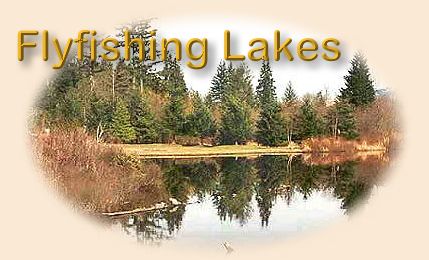|
Scuds come in a wide range of colors and like
most aquatic invertebrates bottom color is a
deciding factor. Some of the more common colors
include olive, gray, tan, light olive, yellow and
various shades of green. I have even seen scuds an
almost turquoise color. A good rule of thumb is
the darker the vegetation, the darker the scud.
Hyalella will also be lighter in color
than Gammarus. Scuds adjust their color
as their environment changes. Scuds inhabiting a
light-toned area will be pale, placed in a dark-colored
environment, their color deepens. As scuds age, their
ability to change color diminishes and they take on
a hardened yellow look. A golden olive or dirty
yellow-colored scud pattern is a good choice during
the fall months. When a scud dies it takes on a
distinct orange coloration, a result of carotene in
the exoskeleton. The trout absorbs the carotene
through the digestive process and this explains
the beautiful pink coloration of their flesh. Some
scuds have a distinct orange spot. This is the brood
pouch or marsupium of the pregnant female. Trout at
times show a preference for these pregnant females
so keep that in mind at the tying bench and on the
water.

Shown on the right, swimming scuds move about in an
almost fully extended position. Curved scuds are
resting, feeding, falling or dead.
Generally creatures of the shallows, scuds can live
at depths of up to 50 feet. Scuds are light sensitive
and live amongst the bottom vegetation and debris.
Drab, dreary low light conditions are ideal times to
fish scud patterns. Turning over rocks and wood debris
can reveal large concentrations of scuds. Shady areas
under docks and boats are other locations to find
scuds. I can remember moving my boat in the morning
only to expose a huge seething mass of scuds,
reminiscent of a B-grade Hollywood movie. Hyalella
have a preference for living in and on the light-colored
marl bottoms where foraging trout root them out like
bonefish. ~ PR
More on Scuds from Phil Rowley's excellent book,
Fly Patterns for Stillwaters next time.
Credits: Excerpt from Fly Patterns
for Stillwaters By Philip Rowley, published
by Frank Amato Publications. We appreciate use
permission.
|


